- Home
- Features
- Movies/Media
- Collectibles
- Comics/Books
-
Databases
-
Figure Database
>
-
X-Plus Toho/Daiei/Other
>
- X-Plus 30 cm Godzilla/Toho Part One
- X-Plus 30 cm Godzilla/Toho Part Two
- X-Plus Large Monster Series Godzilla/Toho Part One
- X-Plus Large Monster Series Godzilla/Toho Part Two
- X-Plus Godzilla/Toho Pre-2007
- X-Plus Godzilla/Toho Gigantic Series
- X-Plus Daiei/Pacific Rim/Other
- X-Plus Daiei/Other Pre-2009
- X-Plus Toho/Daiei DefoReal/More Part One
- X-Plus Toho/Daiei DefoReal/More Part Two
- X-Plus Godzilla/Toho Other Figure Lines
- X-Plus Classic Creatures & More
- Star Ace/X-Plus Classic Creatures & More
-
X-Plus Ultraman
>
- X-Plus Ultraman Pre-2012 Part One
- X-Plus Ultraman Pre-2012 Part Two
- X-Plus Ultraman 2012 - 2013
- X-Plus Ultraman 2014 - 2015
- X-Plus Ultraman 2016 - 2017
- X-Plus Ultraman 2018 - 2019
- X-Plus Ultraman 2020 - 2021
- X-Plus Ultraman 2022 - 2023
- X-Plus Ultraman Gigantics/DefoReals
- X-Plus Ultraman RMC
- X-Plus Ultraman RMC Plus
- X-Plus Ultraman Other Figure Lines
- X-Plus Tokusatsu
- Bandai/Tamashii >
- Banpresto
- NECA >
- Medicom Toys >
- Kaiyodo/Revoltech
- Diamond Select Toys
- Funko/Jakks/Others
- Playmates Toys
- Art Spirits
- Mezco Toyz
-
X-Plus Toho/Daiei/Other
>
- Movie Database >
- Comic/Book Database >
-
Figure Database
>
- Marketplace
- Kaiju Addicts
|
The Rhedosaurus is a fictional giant carnivorous man-eating lizard-like monster from the 1953 American film The Beast From 20,000 Fathoms. Origin and History The Rhedosaurus in the film was one of the last surviving members of its species of lizard-like dinosaur that lived past the K-T extinction. The species lived as far back as the Middle Paleolithic, which was around the time the individual from the film was frozen in the Arctic, awakened by a nuclear weapons test there. It made its way down the North American coast, destroying everything in its path and ending up in New York, its original home. Attempts to kill it were complicated by an ancient disease it carried; spilling its blood freed the plague, which was almost as deadly as the reptile itself. The Rhedosaurus was eventually killed at Coney Island when a radioactive isotope was shot into a wound on its neck, both fatally wounding it and also neutralizing the disease. As the Rhedosaurus succumbed to the isotope, a fire it started by destroying the machinery of a roller coaster spread across the island. The Rhedosaurus burst free of the burning coaster and roared out defiantly before finally collapsing to the ground, dead. The Beast From 20,000 Fathoms is a 1953 American science fiction giant monster film directed by Eugène Lourié, with special effects by Ray Harryhausen, Willis Cook, George Lofgren, and Lourié. The film stars Paul Christian, Paula Raymond, Cecil Kellaway, and Kenneth Tobey. The screenplay is based on Ray Bradbury's 1951 short story "The Fog Horn", specifically the scene where a lighthouse is destroyed by the title character. The Beast from 20,000 Fathoms was one of the early atomic monster movies, and it helped inspire a generation of creature features and directly inspired Godzilla. Stats Length: 200 feet (approx.) Height: 35 to 40 feet (approx.) Weight: 500 tons (approx.) The Rhedosaurus' blood contains a deadly germ that can enter the bodies of other organisms which cause severe sickness and eventually death. The Rhedosaurus' scaly skin allows it to be unharmed by guns or tanks. The Rhedosaurus has razor sharp teeth and claws that allows it to do severe damage to it's attackers. Production Some early pre-production conceptual sketches of the Beast showed that, at one point, it was to have a shelled head and later was to have a beak. Creature effects were assigned to Ray Harryhausen, who had been working for years with Willis O'Brien, the man who created King Kong. The film monster looks nothing like the Brontosaurus-type creature of the short story. It is instead a kind of Tyrannosaurus-type prehistoric predator, though quadrupedal in stature. The monster was unlike any real carnivorous dinosaur and more closely resembled a Rauisuchia. A drawing of the creature was published along with the story in The Saturday Evening Post. At one point, there were plans to have the Beast snort flames, but this idea was dropped before production began due to budget restrictions. The concept, however, was used for the film poster. Later, the creature's nuclear flame breath was the inspiration for the original Japanese film Godzilla (1954). In a scene attempting to identify the Rhedosaurus, Professor Tom Nesbitt rifles through dinosaur drawings by Charles R. Knight, a man whom Harryhausen claimed as an inspiration. The dinosaur skeleton in the museum sequence is artificial; it was obtained from RKO Pictures' prop storage where it had been constructed for its classic comedy Bringing Up Baby (1938). Legacy The Beast from 20,000 Fathoms was the first live-action film to feature a giant monster awakened/brought about by an atomic bomb detonation, preceding Godzilla by 16 months. During the production of Godzilla, its pre-published story was very similar to that of The Beast from 20,000 Fathoms and was titled The Giant Monster from 20,000 Miles Under the Sea (海底二万哩から来た大怪獣 Kaiteinimanmairu kara Kita Daikaijū). As above-mentioned, the Rhedosaurus was originally planned to breathe "atomic flame" similar to Godzilla's atomic heat beam. The film's financial success helped spawn the genre of giant monster films of the 1950s. Producers Jack Dietz and Hal E. Chester got the idea to combine the growing paranoia about nuclear weapons with the concept of a giant monster after a successful theatrical re-release of King Kong. In turn, this craze included Them! the following year about a colony of giant ants (the first of the "big bug" films of the 1950s), the Godzilla series from Japan that has spawned films from 1954 to the present day, and two British features directed by Beast director Eugène Lourié, Behemoth, the Sea Monster (U.K. 1959, U.S. release retitled The Giant Behemoth) and Gorgo (U.K. 1961). Harryhausen himself admitted the extensive similarities with his work and Godzilla in an interview regarding Peter Jackson's King Kong in 2005 and expressed a bitterness towards the Japanese series. Additionally, Harryhausen's baby Allosaurus within the 1966 movie One Million Years B.C. was followed by Toho's Gorosaurus in the 1967 movie King Kong Escapes where both theropods were grey-blue colored man-eaters and surviving descendants of Allosaurus, and giant snakes and apes or ape-men appeared in both films. The movie Cloverfield (2008), which also involves a giant monster terrorizing New York City, inserts a frame from The Beast from 20,000 Fathoms (along with frames from King Kong and Them!) into the hand-held camera footage used throughout the film. The Beast from 20,000 Fathoms was nominated for AFI's Top 10 Science Fiction Films list. Trivia
0 Comments
Leave a Reply. |
Archives
January 2022
Categories
All
|
|
© 2011-2024 Kaiju Battle. All Rights Reserved.
|
Visit Our Social Media Sites
|
Proudly powered by Weebly
|
- Home
- Features
- Movies/Media
- Collectibles
- Comics/Books
-
Databases
-
Figure Database
>
-
X-Plus Toho/Daiei/Other
>
- X-Plus 30 cm Godzilla/Toho Part One
- X-Plus 30 cm Godzilla/Toho Part Two
- X-Plus Large Monster Series Godzilla/Toho Part One
- X-Plus Large Monster Series Godzilla/Toho Part Two
- X-Plus Godzilla/Toho Pre-2007
- X-Plus Godzilla/Toho Gigantic Series
- X-Plus Daiei/Pacific Rim/Other
- X-Plus Daiei/Other Pre-2009
- X-Plus Toho/Daiei DefoReal/More Part One
- X-Plus Toho/Daiei DefoReal/More Part Two
- X-Plus Godzilla/Toho Other Figure Lines
- X-Plus Classic Creatures & More
- Star Ace/X-Plus Classic Creatures & More
-
X-Plus Ultraman
>
- X-Plus Ultraman Pre-2012 Part One
- X-Plus Ultraman Pre-2012 Part Two
- X-Plus Ultraman 2012 - 2013
- X-Plus Ultraman 2014 - 2015
- X-Plus Ultraman 2016 - 2017
- X-Plus Ultraman 2018 - 2019
- X-Plus Ultraman 2020 - 2021
- X-Plus Ultraman 2022 - 2023
- X-Plus Ultraman Gigantics/DefoReals
- X-Plus Ultraman RMC
- X-Plus Ultraman RMC Plus
- X-Plus Ultraman Other Figure Lines
- X-Plus Tokusatsu
- Bandai/Tamashii >
- Banpresto
- NECA >
- Medicom Toys >
- Kaiyodo/Revoltech
- Diamond Select Toys
- Funko/Jakks/Others
- Playmates Toys
- Art Spirits
- Mezco Toyz
-
X-Plus Toho/Daiei/Other
>
- Movie Database >
- Comic/Book Database >
-
Figure Database
>
- Marketplace
- Kaiju Addicts

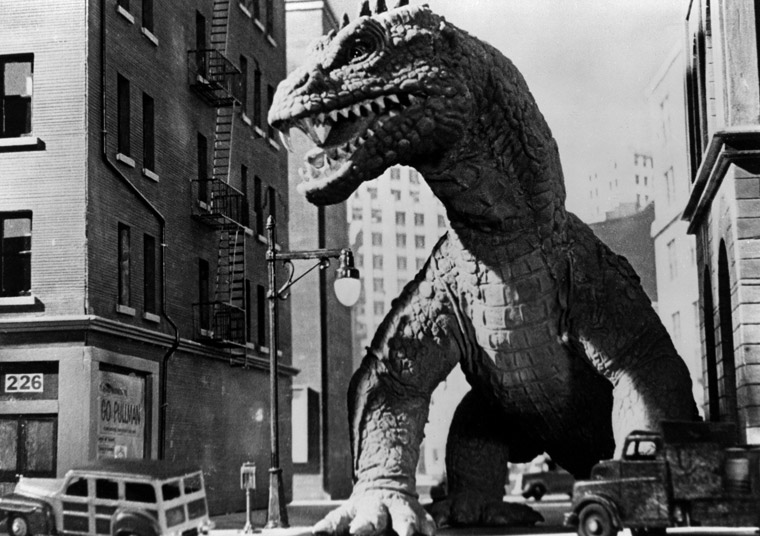
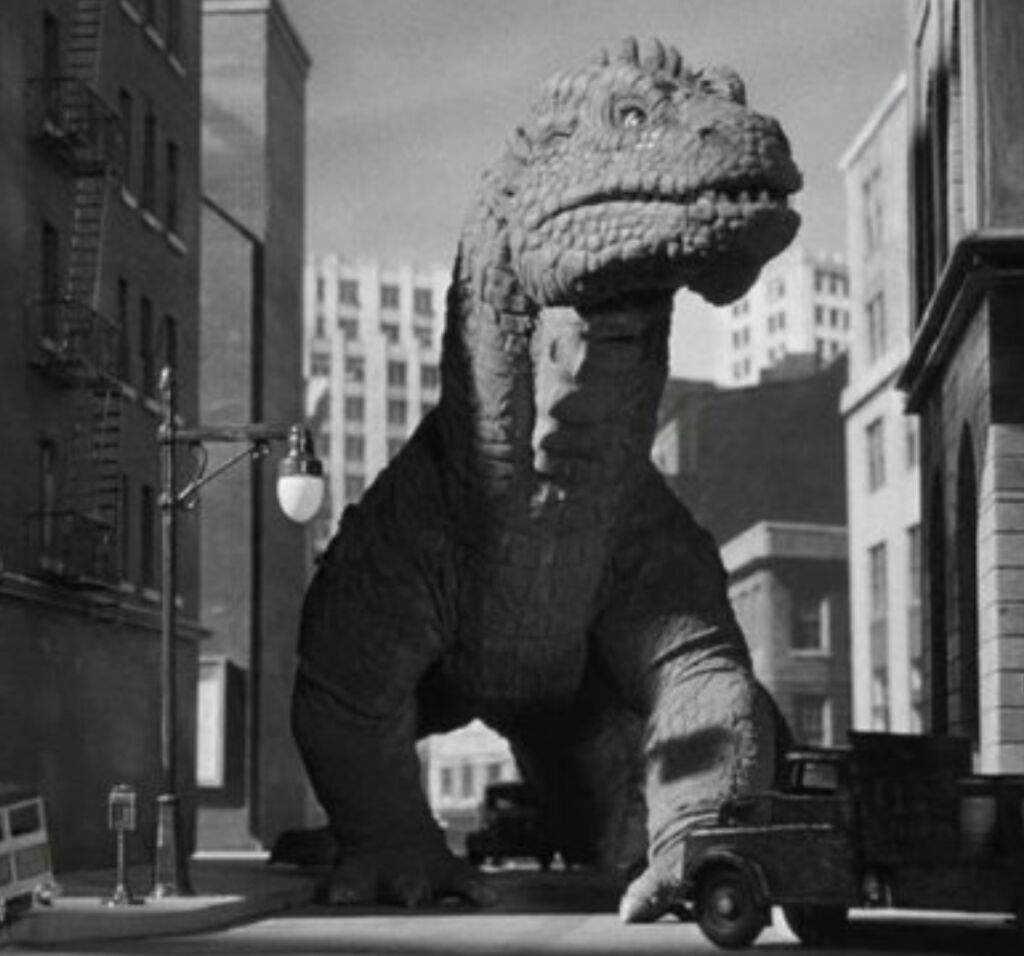
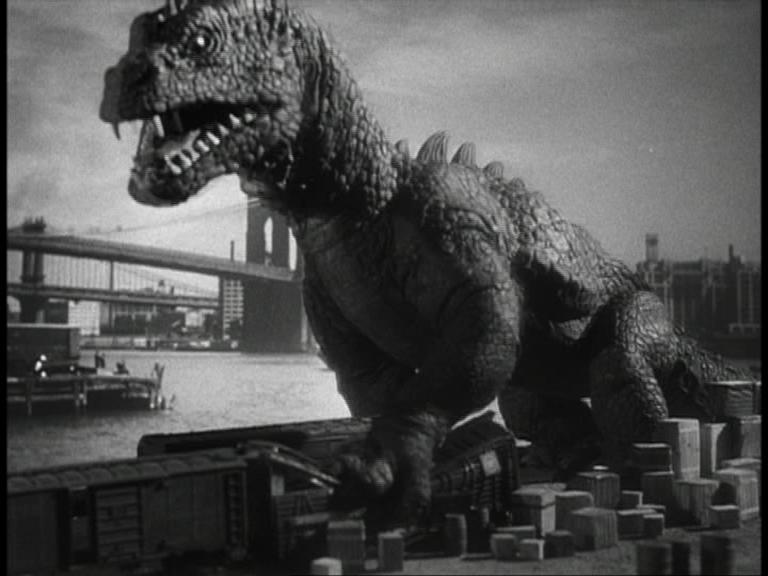
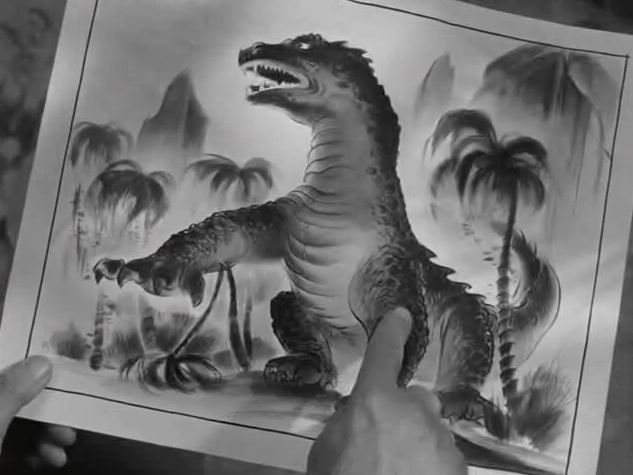
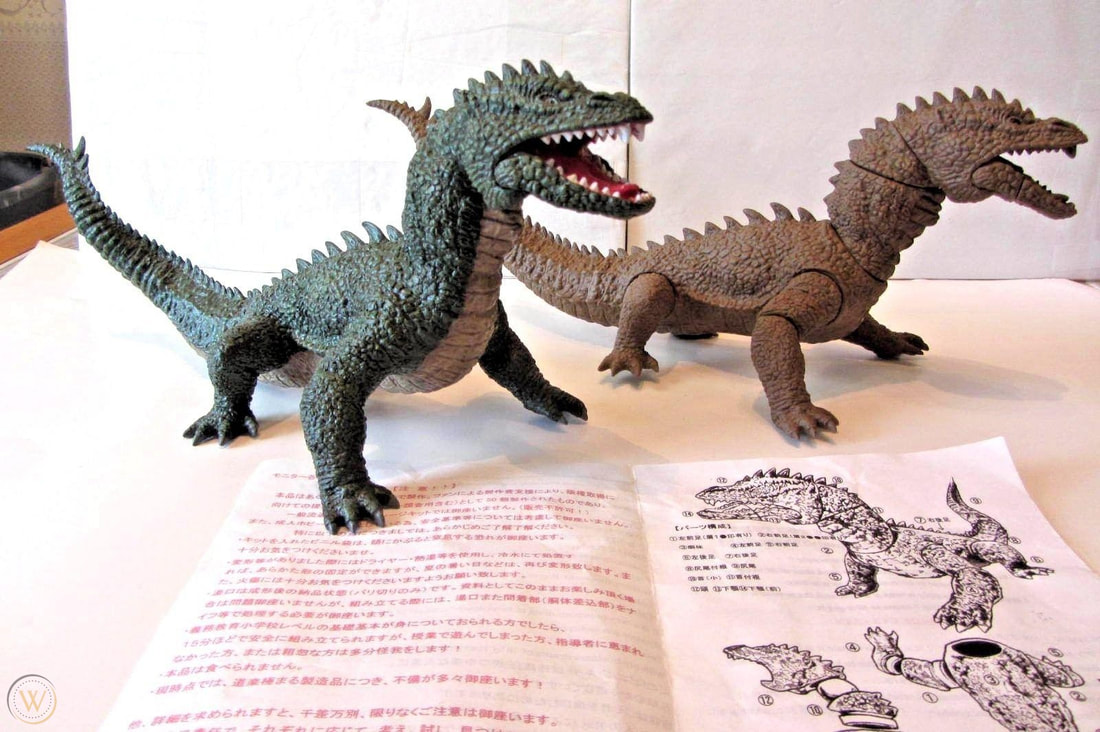
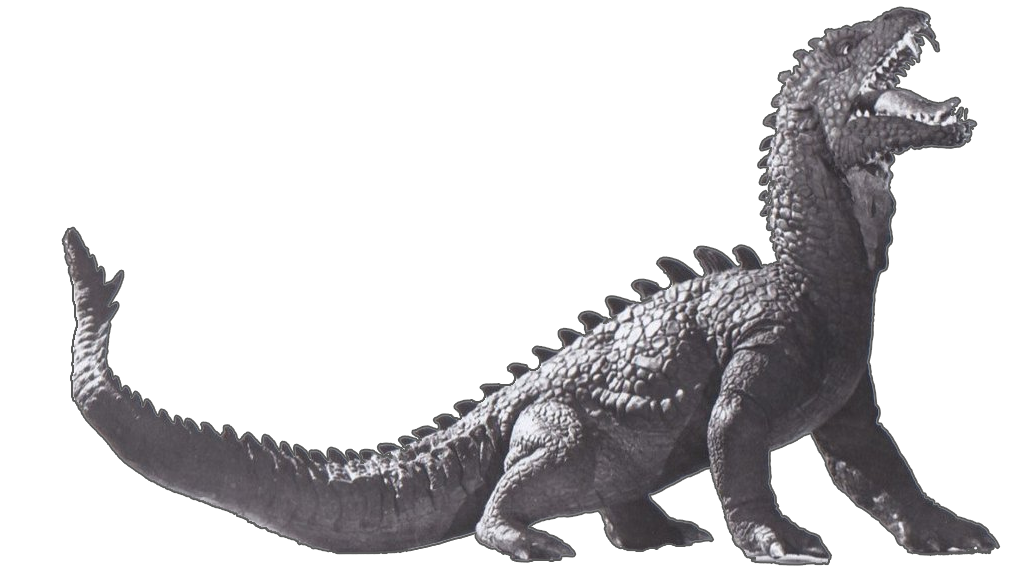
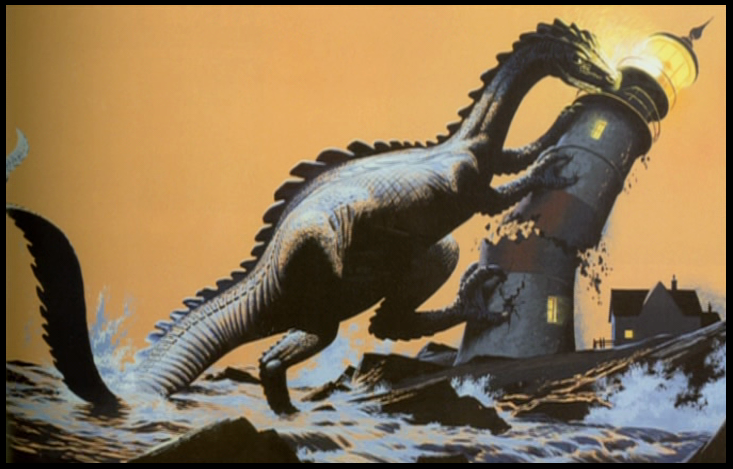
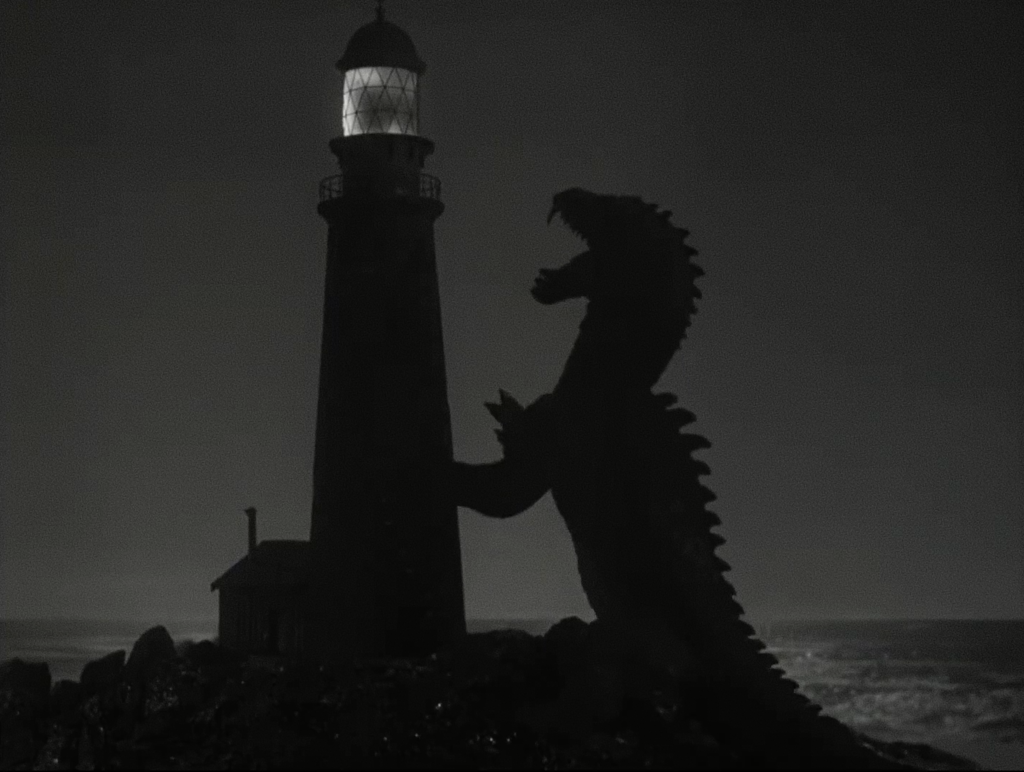
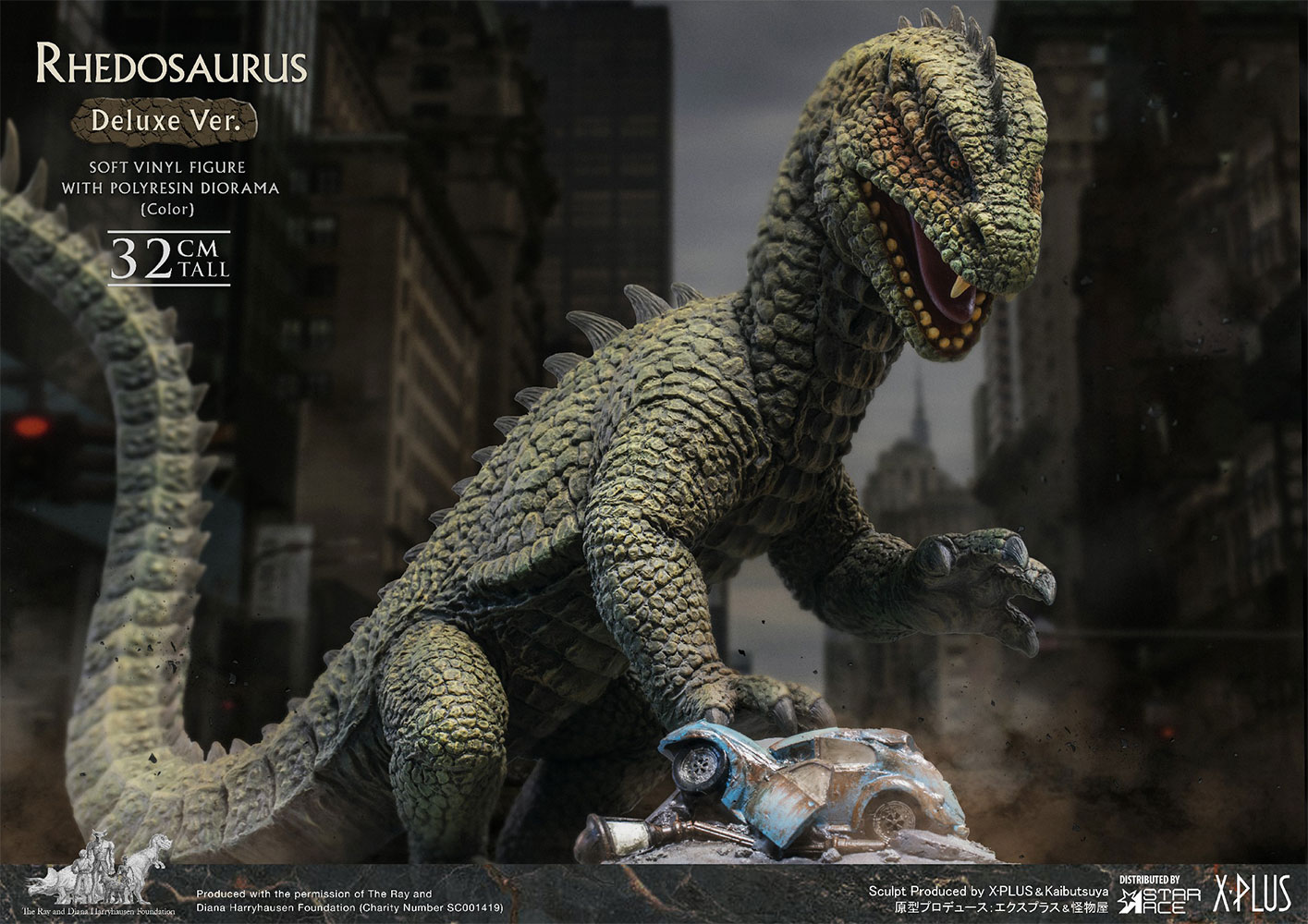
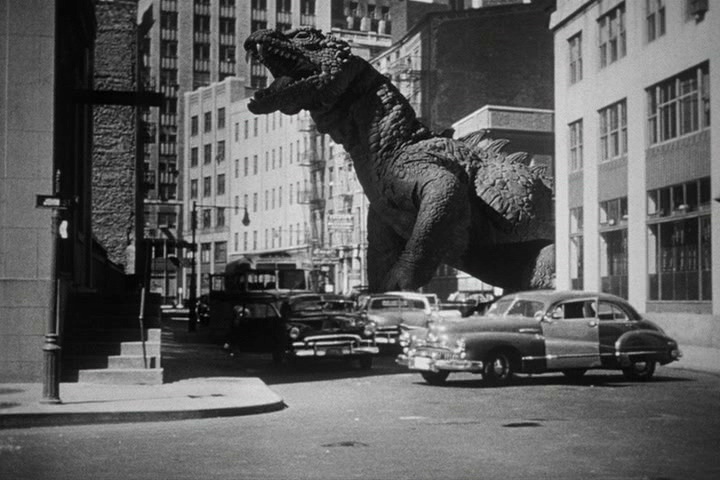
 RSS Feed
RSS Feed